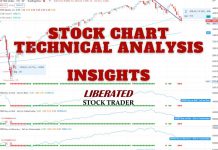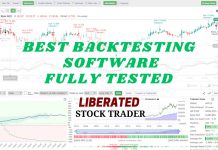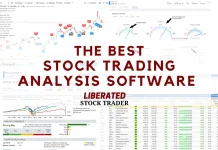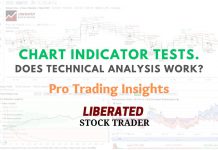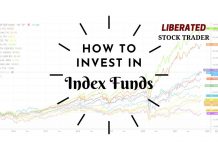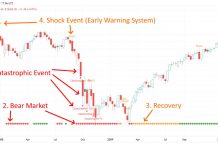The most popular and important stock chart indicators are moving averages, rate of change, relative strength, MACD, and stochastics. Using these indicators can provide insights into stock price trends and direction.
In this section of the training course, you will be introduced to these chart indicators with practical examples. These tools are used for short-term and long-term investing strategies to help you make better decisions when investing your hard-earned money into stocks.
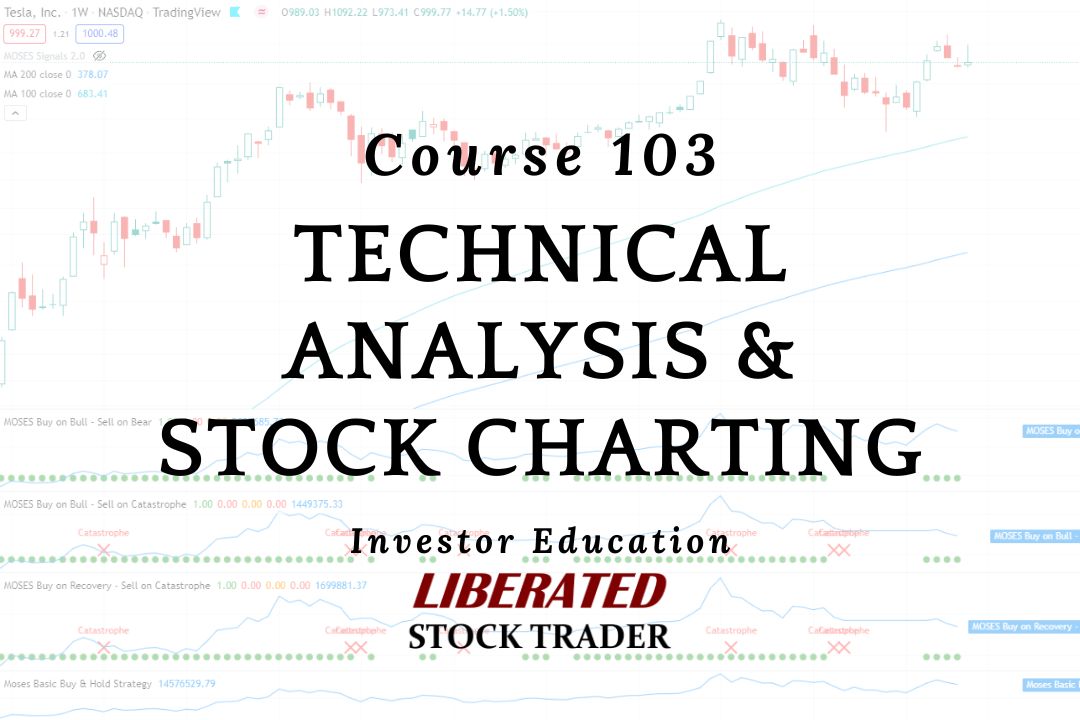
Traders use several technical indicators to help them make informed decisions about whether or not to buy or sell a particular security. This post will examine five popular indicators: moving averages, MACD, stochastic, ROC, and RSI.
Each indicator has its strengths and weaknesses, and each trader will prefer which ones to use. However, by understanding how each indicator works, traders can better evaluate which might be more useful in any situation.
Moving Averages
Moving averages are one of the most commonly used technical indicators. They smooth out price data by creating a single price that represents the average price of a security over a certain period of time. Traders often use moving averages to help them identify trends and make buy or sell decisions.
MACD
The MACD is another popular indicator that traders use. It stands for moving average convergence divergence and measures the difference between two moving averages. The MACD is a momentum indicator, and it can be used to help identify trend changes.
Stochastics
Stochastic is another momentum indicator that traders often use. It measures the relationship between a security’s current and past prices. Stochastics can be used to help identify overbought or oversold conditions, and it can also be used to help find divergences.
RSI
RSI is a momentum indicator that measures the speed and change of price movements. RSI is a useful tool for identifying overbought or oversold conditions and can also be used to spot divergences.
Rate of Change (ROC)
The rate of change is another momentum indicator that measures the rate at which a security’s price changes. It can be used to help identify overbought or oversold conditions, and it is also a useful tool for spotting divergences.


